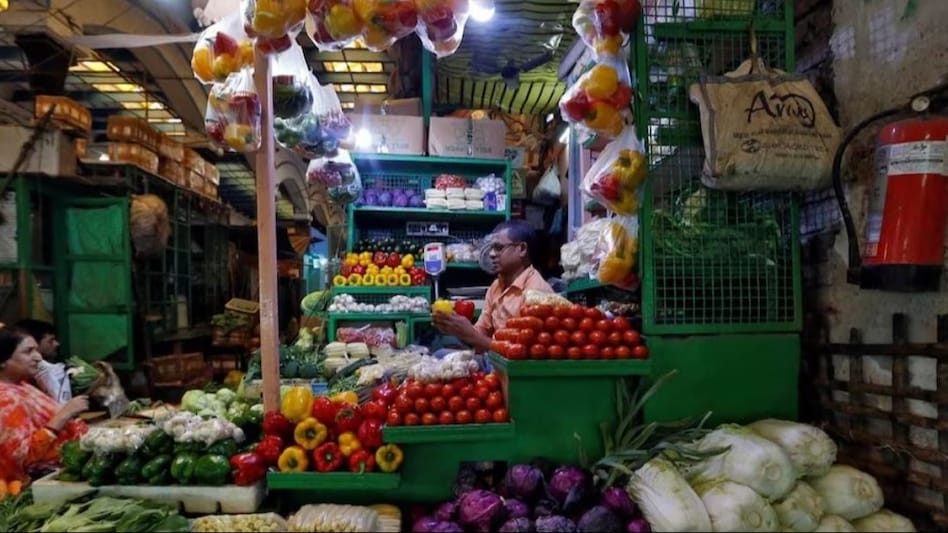Odisha had the highest retail inflation rate at 7.55% in February while Delhi had the lowest at 2.42%
As many as 12 of 22 states tracked clocked retail inflation higher than the all-India average of 5.09% in February.
According to official data released on Tuesday, states including Andhra Pradesh, Assam, Gujarat, Haryana, Jharkhand, Karnataka, Odisha, and Rajasthan recorded higher retail inflation than the all-India average.
In February, Odisha had the highest retail inflation rate at 7.55%, while Delhi had the lowest at 2.42%.
“Inflation is purely a food inflation driven phenomenon which will continue to pressurise inflation in the coming months,” said Madan Sabnavis, chief economist, Bank of Baroda, adding that rural inflation is higher at 5.3% and urban at 4.8%. “This is mainly due to the higher weight of food products in the index,” he said.
Consumer price inflation or the headline retail inflation print came in at 5.09% in February, almost unchanged from 5.1% in January. Consumer food price inflation, however, inched up to 8.66% in February from 8.3% in January and 5.95% in February 2023.
Inflation in the food and beverages basket also rose to 7.76% last month. Amongst categories, vegetable inflation came in the highest at 30.25%. Cereals, eggs, sugar, spices, and pulses are the other pain points here, Sabnavis noted.
While there is an expectation that it could ease to less than 5% in March due to lower core inflation, a respite from high food inflation is unlikely.
“At present, ICRA estimates the headline CPI inflation to dip to sub-5.0% in March 2024 from 5.1% in February 2024, led by a dip in the fuel and light (amid the cut in LPG prices) as well as the food inflation prints, even though the latter is likely to remain elevated above the 7% mark,” said Aditi Nayar, Chief Economist, Head Research and Outreach, ICRA.
Core-CPI (CPI excluding food and beverages, fuel and light, and petrol and diesel for vehicles) eased to 3.5% in Feb 2024 from 3.7% in Jan 2024, the lowest reading for this metric based on the available data since January 2015.
Rajani Sinha, chief economist, CareEdge Ratings noted that the ongoing high inflation in specific food categories, including cereals, pulses, spices, vegetables pose a risk of potentially broadening price pressures and de-anchoring inflationary expectations. “Having said that, the outlook for food inflation has improved over the past couple of months, attributed to a marginally increased overall acreage in rabi sowing compared to the previous year,” she said.










